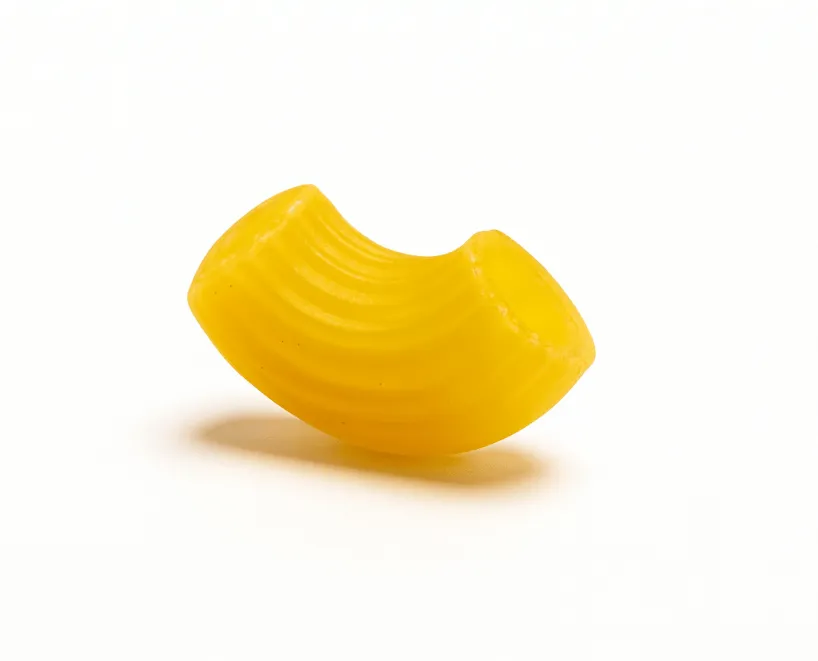 Trapassato prossimo
Trapassato prossimo
Lesson forty-seven


The passive voice is a grammatical structure used when the object of an action is placed before the subject and the verb. It emphasizes who receives the action rather than who performs it.
The boy eats the apple.
Active voice example.
The apple is eaten by the boy.
Passive voice example.
The passive is formed with essere + past participle. The agent is introduced with da.
Il ragazzo mangia la mela.
The boy eats the apple.
La mela è mangiata dal ragazzo.
The apple is eaten by the boy.
Mia nonna prepara la cena.
My grandmother prepares dinner.
La cena è preparata da mia nonna.
Dinner is prepared by my grandmother.
Lei ha invitato Paolo alla festa.
She invited Paolo to the party.
Paolo è stato invitato alla festa.
Paolo has been invited to the party.
The past participle agrees with the subject (i.e., the object in active form).
Il bambino è punito dai genitori.
The boy is punished by the parents.
La bambina è punita dai genitori.
The girl is punished by the parents.
I bambini sono puniti dai genitori.
The children are punished by the parents.
La mela è stata mangiata dal ragazzo.
The apple has been eaten by the boy.
L'attore è stato premiato per aver recitato bene.
The actor has been awarded for his good performance.
La mela era mangiata dal ragazzo.
The apple was being eaten by the boy.
La mela sarà mangiata dal ragazzo.
The apple will be eaten by the boy.
La cena sarà servita alle nove.
Dinner will be served at nine.
In formal contexts, venire can replace essere in the passive, especially in present/future tenses.
La colazione viene servita alle sette.
Breakfast is served at seven.
L'eredità verrà spartita tra i figli.
The inheritance will be divided among the children.
Note: Venire is not used in compound past tenses.
Andare is used to express necessity, similar to must be.
Il lavoro va finito entro domani.
The work must be finished by tomorrow.
Le regole vanno rispettate.
The rules must be followed.
 Trapassato prossimo
Trapassato prossimo
Lesson forty-seven
 Passato remoto
Passato remoto
Lesson forty-eight
 Alphabet
Alphabet
Lesson one
 Hello
Hello
Lesson two
 Goodbye
Goodbye
Lesson three
 How are you
How are you
Lesson four